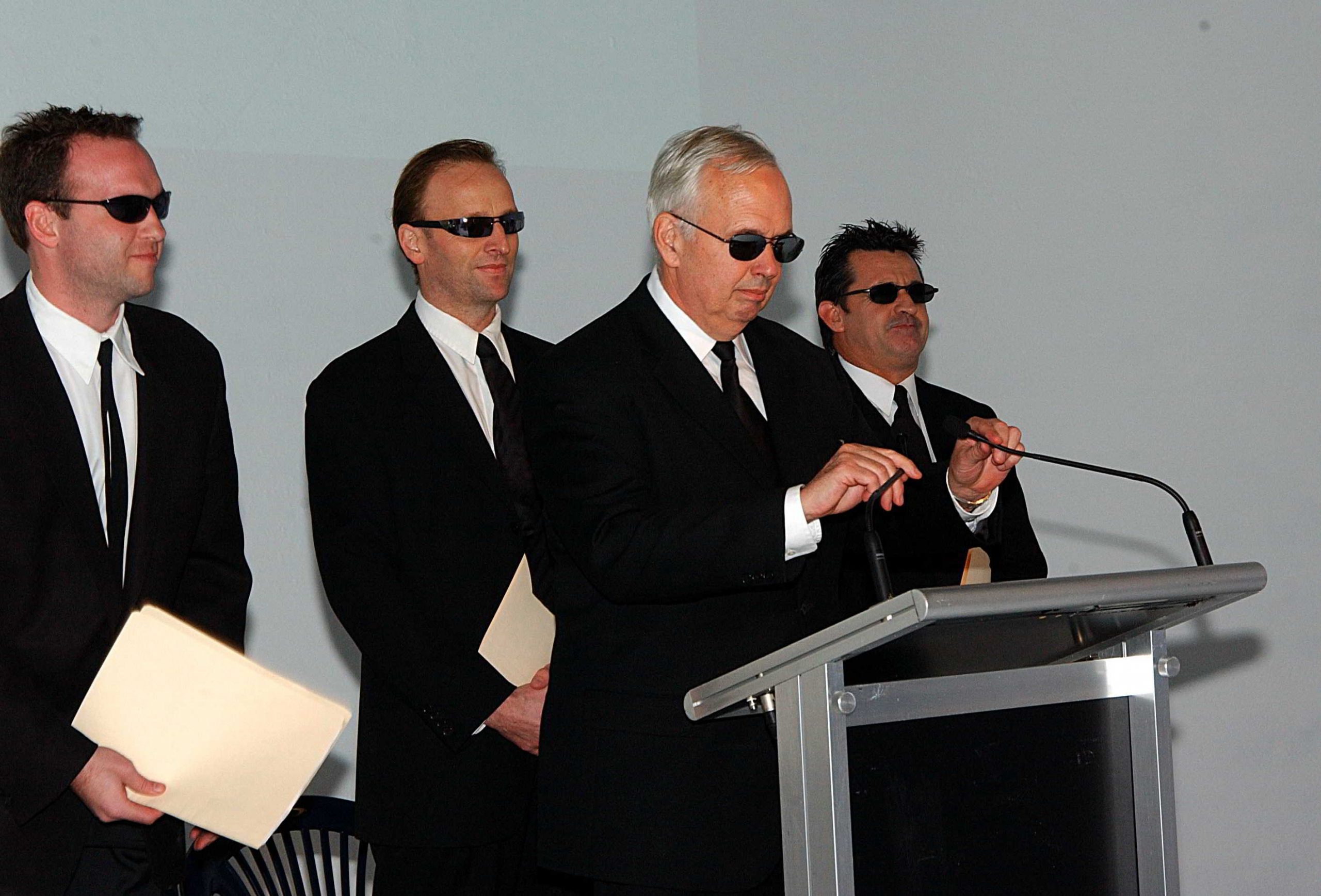US radio network Clear Channel will “significantly reduce” commercial time sold on its stations from January next year, to “stem pricing weakness and convince marketers of the value of radio advertising”.
“Not only are there too many commercials, there tend to be too many bad commercials,” says Clear Channel Radio CEO John Hogan.
The move is in line with the Australian Nova network’s philosophy of fewer ads in each break to maximize cut through for clients, known by the slogan: “no more than two ads in a row.”
Australia’s ARN network, which is half owned by Clear Channel, is not expecting to be affected by the US move because of differences in the way ads are sold in this country, but is keeping its options open.
ARN Group PD Jeremy Millar explains the differences between the US and Australian advertising environments.
“Our view is that it is the listener who tells us how many commercials to play – and for that matter the advertiser as well (we wouldn’t get repeat business if commercials weren’t working).
“It’s also important to note that US stations generally count
hourly commercial content as “units” rather than the Australian method
of focusing on total minutes. This means that an American radio station
running say 16 units an hour could be playing sixteen minutes of
commercials if all spots were sold as 60’s.
“In our case there is no way
we would be at those theoretical limits as we simply run a lot less
minutes per hour than that extreme example.”
John Hogan says by next year the company’s 1200 US stations will cut commercial and promotional time and limit the number of ads aired during each break.
He hopes the new strategy will have a positive effect on revenue in 2005.
Specific ceilings will apply at all stations and will vary by format and daypart. The network thinks the introduction of “premium positions within shorter commercial pods” will increase value to advertisers and improve each station’s listenability and appeal.
“Radio is still discounted relative to other media. We’re taking this step to close
that gap and make radio more competitive … effective and valuable,” says Hogan.
“U.S. radio broadcasters have been grappling with excess advertising time at lower prices after cranking up the level of ad minutes per hour in the late 1990s.
“This is the right thing to do for the long term that will revitalize and rejuvenate the radio industry.”

